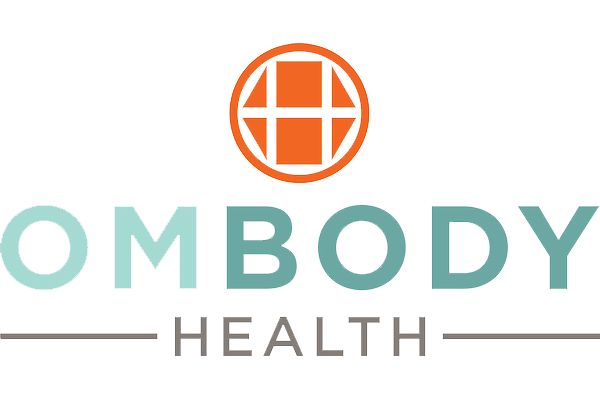
Aging is a natural and inevitable phenomenon, starting at birth and continuing until the moment we die. Due to modern medicine and hygiene standards, lifespans across the globe are longer than ever, but what about our healthspan? Unfortunately, there is a widening discrepancy in this country between healthspan and lifespan; those that live both long and healthfully, free from disease and without significant dependence on medication, (at least in the U.S.) are the exception, not the norm.
Why is this? A common refrain we hear is that it’s due to genetics, although generally speaking, “bad genes” do not tell the full story of why we become ill. I once attended a lecture by the father of the Blue ZonesTheory on healthy aging, Dan Buettner. Buettner pointed out the Danish Twin Study, which found that only about 20% of longevity is actually heritable or determined by our genes. This leaves the remaining 80% contingent upon lifestyle and environment – which, as the burgeoning field of epigenetics (melding nature and nurture) is now discovering, may be influential on gene expression (National Institute on Aging, 2011, The Biology of Aging).
In other words, it’s likely that our lifestyle choices and environmental factors can actually act as a “switch” to turn certain genes on or off.
So what do we mean when we say “lifestyle and environment”?
Generally, the things we do most days of our life encompass our lifestyle:
- What and how much we eat.
- How/how much we move.
- How we react to stressors.
- Do we slow down?
- Do we embrace or resist our work?
- Do we have a sense of purpose in life?
Generally, the people, things and places we surround ourselves encompass our environment:
- Do the people in our life elevate us and make us want to be better or deplete us, make us feel badly or otherwise bring us down?
- Access to healthy food, clean air and water.
- Walkability of where we live.
- Home environment.
- Work environment.
- Internal environment (toxic burden, mindset).
So, research shows that if we tweak these aspects of our lifestyle and environment to be more conducive to our physical and mental well being and less conducive to stress (chemical, mental, emotional, physical), we can increase our life expectancy and healthspan (and probably get more enjoyment out of our day to day life as well).
Here are 5 practices that you can use to reduce stress and enhance health and joy in your life:
1. Let vegetables dominate your meals (most of the time) – Eating a variety of vegetables gives our cells the nutrition they need to do their job. Often in the U.S., our meals are revolved around refined grains and animal protein, which can leave us lacking in important vitamins, minerals, and phytochemicals. Additionally, a high protein diet has been shown to accelerate aging because protein is what activates growth hormone pathways (Fasting for Longevity with Dr. Valter D. Longo)
2. Avoid over-eating – Try this: eat until you are 80% full. Toxins in the form of free radicals and AGE proteins are natural bi-products of cellular metabolism. Metabolism, although natural and necessary, is also one factor that contributes to aging. When we overeat, our body not only produces more of these toxins, but depending on what we eat, we also tend to bring more inflammatory compounds into our body, such as preservatives, dyes, sugar, and trans fats. (Learn more about the physiological influences of overeating in the NIA’s publication, The Biology of Aging).
3. Move a lot – Walk, run, bike, stretch, play! You don’t have to make a special trip to a gym or yoga studio to get the benefits of movement. Some of the longest living people in the world don’t go to the gym at all, but find ways to move naturally throughout their day (Blue Zones). Movement and exercise support healthy blood flow and delivery of nutrients throughout the body, healthy weight management, and release of feel-good hormones like endorphins.
4. Slow down – Meditate, practice gratitude, breathe deeply, land in the present moment and relish in your abundance and wholeness. Have you ever noticed how someone’s physical and mental health change when they are under a great deal of stress? Studies show that emotional and physiological stress may accelerate the aging process (National Institute on Aging, 2011, The Biology of Aging).
5. Love more – Surround yourself with people you love, who make you laugh, and who support and elevate you to be your best! Strive to show love to others, even though sometimes it may be difficult. Remember that love is more than just sentimentality, it is communicated through action. Ask yourself, how can I use actions to reveal my love to the important people in my life?
Age-related decline is natural, normal, inevitable, and thus should be embraced. If we survive long enough to grow old, we are lucky indeed. By taking daily action to create a healthy internal and external environment for optimal physical and mental health, we can reduce our vulnerability to the symptoms and diseases associated with aging.
With attention and self-care we can thrive into our 80s and 90s, happily enjoying and sharing the wisdom we acquire throughout our lifetime!
“Health is not the absence of sickness; sickness is the absence of health.
Happiness is not the absence of depression; depression is the absence of happiness.
We must proactively cultivate health and happiness.” –Marianne Williamson
 About the Author
About the Author
Allie Andrews is the Founder and Program Director at OmBody Health. She is a Certified Health Coach, author, and is pursuing her Master’s Degree in Education with a focus in Corporate Wellness. Allie and her team have been transforming employee wellbeing since 2014. Learn more.

